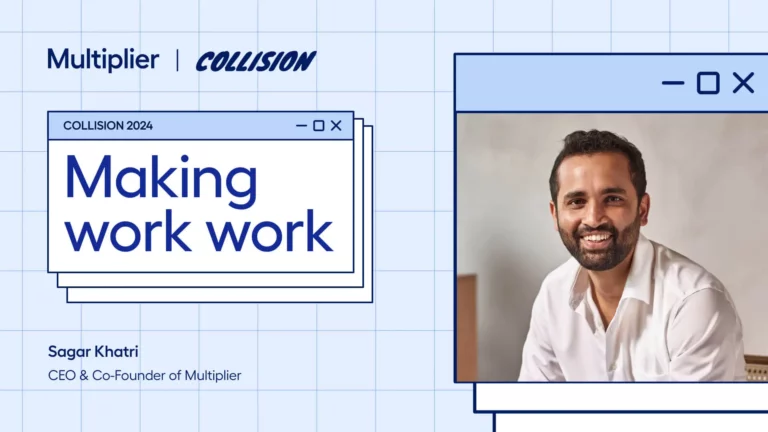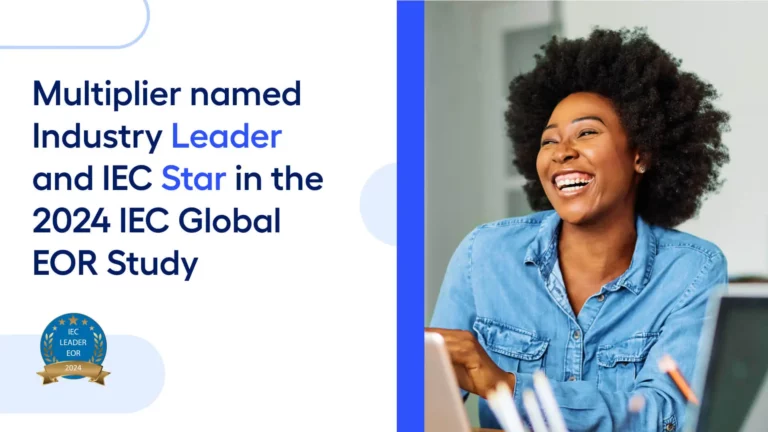Employee lifecycle
What is Employee Lifecycle?
The employee lifecycle encompasses all stages of an employee’s tenure at a company, from the initial contact as a potential recruit to the final separation. It provides a framework for managing the various phases of an employee’s career with an organization and involves strategic HR practices aimed at optimizing each stage for the mutual benefit of the employee and the company.
Stages and Management
The employee lifecycle typically includes six main stages: attraction, recruitment, onboarding, development, retention, and separation. Each stage requires specific strategies and policies to manage effectively. For example, the attraction phase focuses on employer branding to draw candidates, while recruitment involves selecting the right candidate. Onboarding ensures new hires are integrated into the company culture, and development includes training and career progression. Retention strategies are aimed at keeping high-performing employees, and separation involves managing the exit process in a manner that maintains a positive relationship and reputation.
Importance and Impact
Understanding and managing the employee lifecycle is crucial for HR effectiveness and organizational success. It helps in creating a consistent, positive experience for employees, which can lead to enhanced job satisfaction, increased productivity, and lower turnover rates. Proper management of each stage allows for the alignment of employee goals with organizational objectives, fostering a strong, cohesive workforce.
Challenges and Best Practices
Challenges in managing the employee lifecycle include maintaining engagement throughout all stages, adapting to diverse employee needs, and aligning lifecycle management with changing organizational goals. Best practices involve regular communication, feedback mechanisms, personalized employee development plans, and recognizing and rewarding employee achievements. It’s also important to use data-driven insights to refine HR strategies continually.
Strategic Importance
From a strategic perspective, effective management of the employee lifecycle can lead to a more motivated, efficient, and committed workforce. It allows organizations to maximize the potential of their human resources, adapt to market changes more effectively, and sustain competitive advantage. By focusing on each stage of the lifecycle, companies can improve their HR practices, enhance employee experiences, and ultimately drive better business outcomes.
Ready to take the leap? Choose Multiplier as your EOR partner




